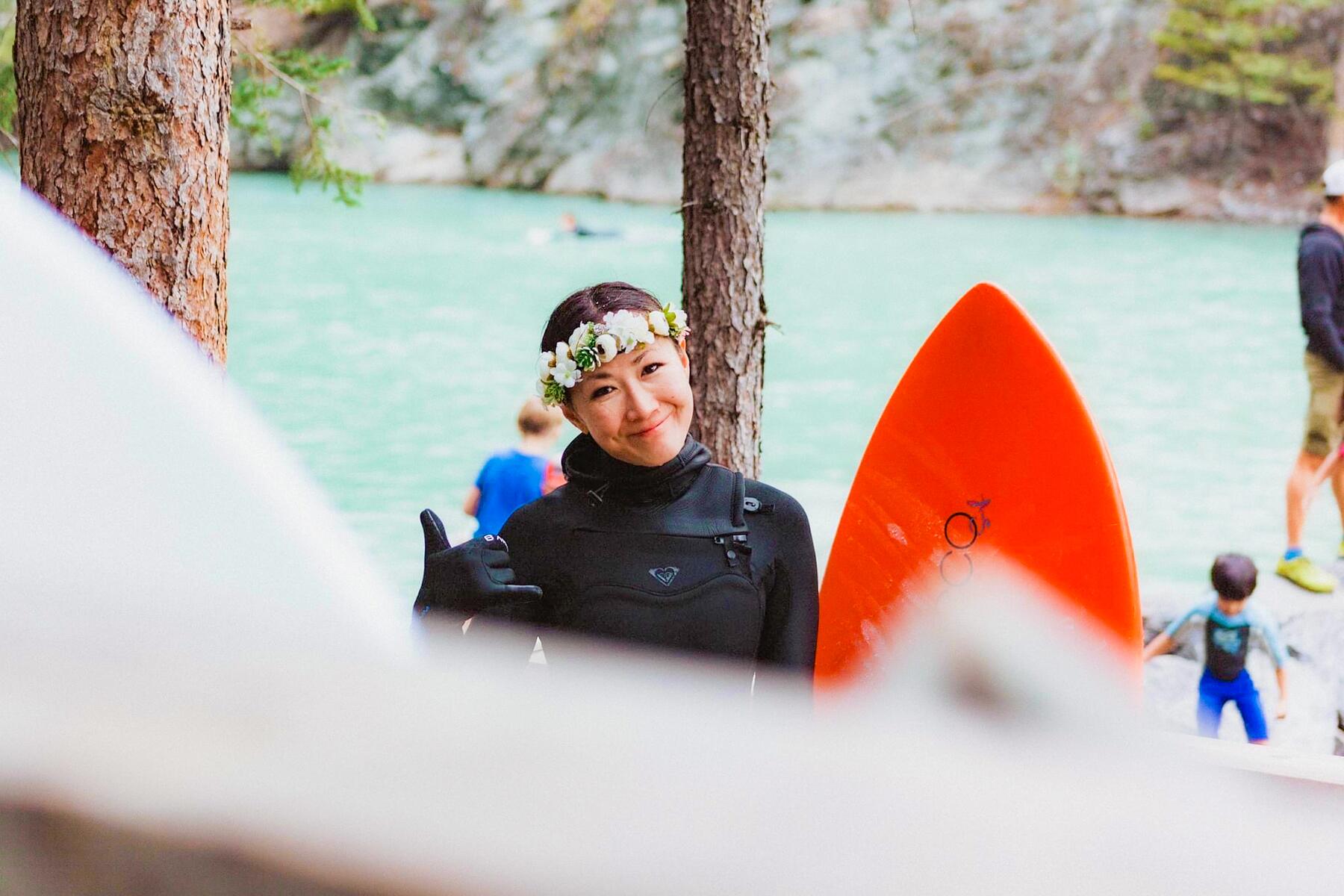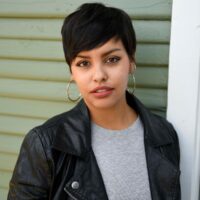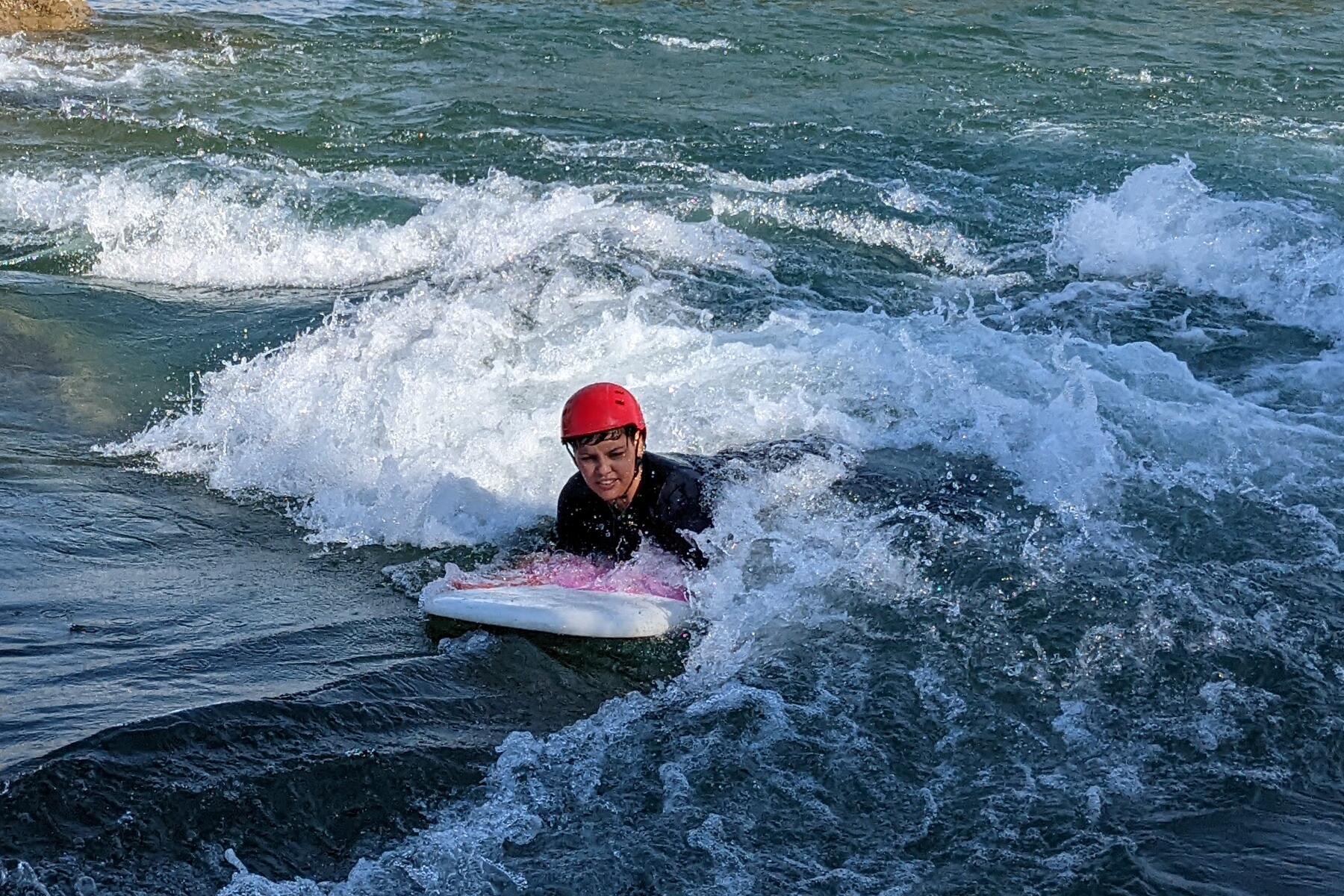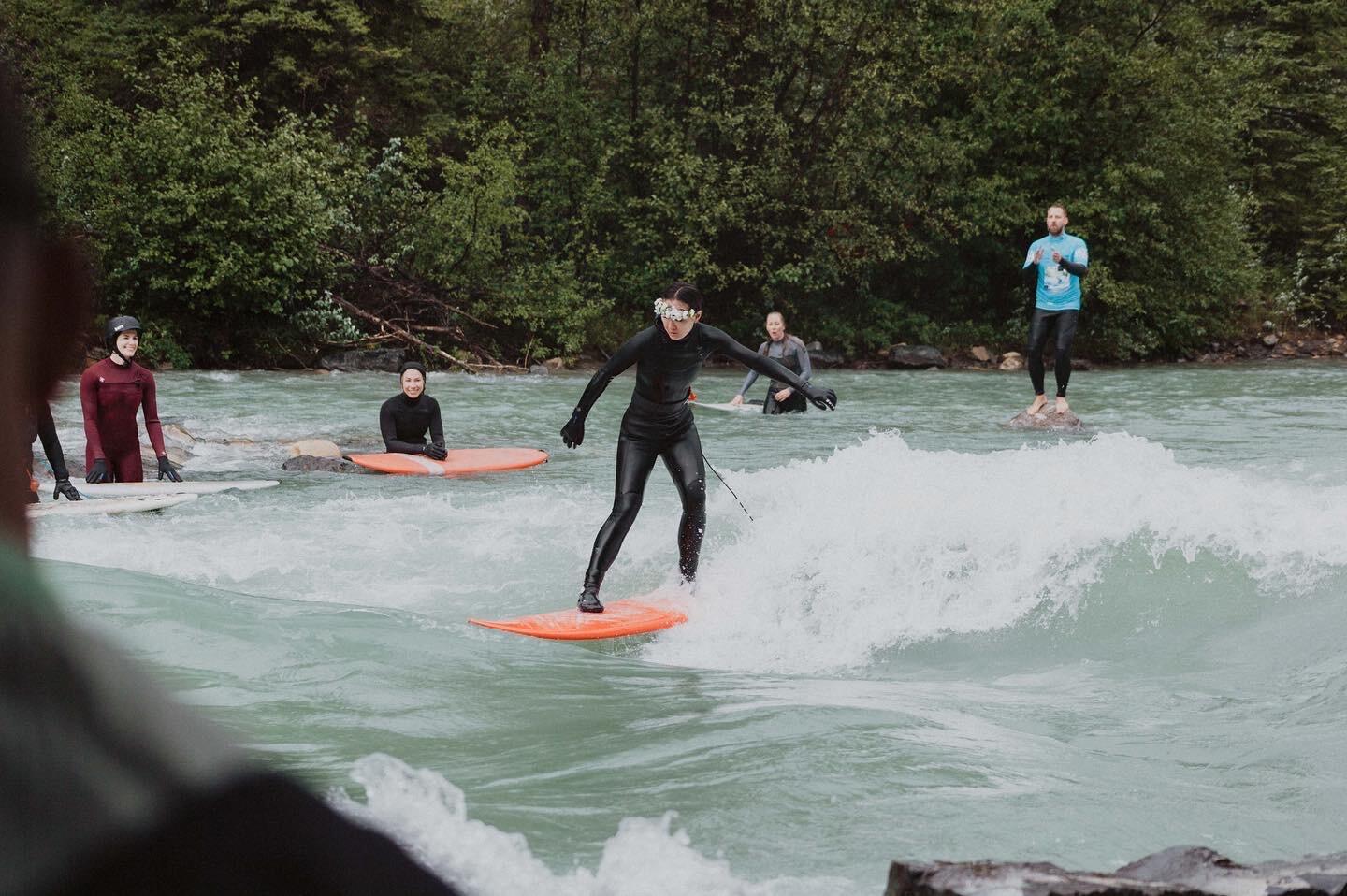They're transforming Calgary’s outdoor scene for the better.
O
utdoor spaces have not historically included people of color, while men typically dominate outdoor sports. As a woman of color, I often find myself as the only brown person and/or woman in outdoor spaces or engaging in outdoor sports. So, you can imagine my surprise when I visited Calgary, Canada, and met many women and BIPOC leaders in Calgary’s outdoor scene.
Take Colour the Trails, for example. The collective of BIPOC and LGBTQ+ adventure seekers has an Alberta chapter whose leader is based in Calgary. The group offers inclusive outdoor workshops and events like road running, mountain biking, backcountry camping, snowshoeing, and avalanche skills training in and around Calgary to encourage more inclusivity in the outdoors. And they’re not the only ones.
To learn more about inclusivity in Calgary’s outdoors, I dove further into the city’s outdoor businesses and spaces and spoke to some outdoor leaders who are trailblazing a more inclusive pathway.
Inclusive River Fun
Calgary has the most extensive urban pathway and bikeway in North America. Here you’ll find over 19,500 acres of parkland and natural areas, including WinSport, a ski hill that’s just a 20-minute drive from downtown. But perhaps, the most notable outdoor space in Calgary is the Bow River—and I got a chance to float on it with the owner of an amazing paddle company.
Recommended Fodor’s Video
After moving from Zimbabwe to Calgary, Ravi Thaker launched The Paddle Station in 2017 to provide over 150 kayaks, paddle boards, and rafts for self-guided and guided floats on the Bow River. As one of the few outdoor businesses in Calgary that are founded by a BIPOC owner, I was glad to learn about his commitment to diversity through such things as hosting an annual floating Pride event called “the Pride Float.”
Elsewhere on the Bow River, Cree fishing guide Quinn Soonias, the owner of Drift Out West Fly Fishing, takes travelers on fly fishing expeditions while a group of women hang ten and make river surfing more inclusive. One of those women is Flora Lee, a Canadian woman of Chinese ancestry, who began river surfing in Calgary in 2018 after living and surfing in Hawaii for three years.
“I thought my surfing days were over when I returned home to Calgary, but then I spotted people riding a standing wave beneath the 10th Street bridge,” said Lee.
Calgary has three active waves—the beginner-friendly Harvie’s Passage on the Bow River, the Santa Clause (for intermediate riders), and The Mountain (expert-level) waves in nearby Kananaskis.
Since 2018, Lee has become involved with things like the Alberta River Surfing Association and a river surfing event called Slam Festival, allowing her to see firsthand how the sport has become more inclusive.
“There are definitely more men than women that participate in river surfing, but we are seeing a shift over time. In the summer, we organize a weekly ladies’ surf day at the Kananaskis wave to exchange advice and support one another,” said Lee. “The number of female competitors in our annual river surfing competition increased from less than five to nine this past summer. The collective energy we radiated at the wave was beautiful and powerful.”
Lee added, “there has also been an increase in the number of participants from diverse ethnic and socioeconomic backgrounds.”
Part of this has to do with the fact that the University of Calgary is trying to make river surfing more accessible by renting wetsuits, helmets, and neoprene booties (they also rent affordable gear for skiing, climbing, biking, paddling, winter and summer camping, and more). As for accessing boards? Lee advises posting in their Facebook group—Alberta River Surfing Discussions— and someone will jump in to offer help.
As someone who tried river surfing with Lee at Harvie’s Passage, I witnessed Calgary’s inclusive and supportive environment at river surfing sites. Children and women river surfed alongside me, onlookers cheered everyone on, and more experienced surfers provided helpful advice.
“In the water, we watch out for each other, especially newcomers,” Lee said.
Tour Companies
Rocky Mountain Sidecar Adventures takes travelers on outdoor historical and cultural tours of Calgary and the surrounding areas in a sidecar connected to motorcycles. As with many outdoor activities, motorcycling is male-dominated, which co-owner Nicole Egli is reminded about regularly.
“There are often surprised faces when I arrive to pick up clients for our tours or when I stop to gas up the motorcycles. That a female driver leads the tour and that I am an owner of the company has resulted in a few heads turning,” said Egli.
Egli employs two other women drivers as subcontractors for the tour company, and all three field questions frequently about their experience riding. Egli is happy to fuel interest in motorcycling riding among women in more ways than one.
“If we have family groups traveling with us on a tour, I will often invite a young woman to ride with me at the front of the group,” Egli explained. “This may be a small gesture, but having them be at the front of the driving group might allow them to consider that they can step forward and show an interest in motorcycling.”
During my tour with Rocky Mountain Sidecar Tours, I noticed how committed they were to sharing Calgary’s diverse history, including that of the Chinese, East Asian, and Indigenous communities.
“The efforts of the Chinese laborers impacted the region’s development, and the Chinese and East Asian communities continue to have a significant impact on the Calgary economy and culture,” explained Egli. “We acknowledge that we are continuing to learn about the Nations and their traditional lands that we visit and travel through as a part of our reconciliation efforts. As we try to listen to the spoken history and stories of the First Nations peoples of the Blackfoot Confederacy, the Dene, and the Métis Nation in Alberta, there are more examples of how the Indigenous peoples worked in collaboration with European settlers. We endeavor to share these learnings with our passengers.”
During my time in Calgary, I was so glad to see a rich and expanding sector of Indigenous tourism, be it in the historical walking tours available with Many Chief Tours, medicine walk tours with Mahikan Trails, mountain climbing, rappelling, and ice climbing with Girth Hitch Guiding, and guided hikes, backpacking trips, camping, and snowshoe experiences with Zuc’min Guiding.
One of my favorite outdoor Calgary experiences was an archery lesson at Painted Warriors. Owned by Tracey Klettl, a descendant of the Cree and Mohawk people, and her husband Tim Mearns, who is Saulteaux and a Cote First Nations band member, Painted Warriors offers snowshoe tours, glamping, horseback riding, archery, and wildlife viewing and tracking experiences.
Although Painted Warriors officially opened in 2012, the couple began running training programs for Indigenous youth in 2009.
“The program has evolved over the years and is now geared toward giving youth a look into careers in Indigenous tourism,” explained Klettl. “This program is important and a way to reconnect young people to the land and holds onto important knowledge that is being lost. I believe that we are at a place now where we can let go of the shame that was attached to being Indigenous. It is being replaced with pride in who we are, and Indigenous tourism provides a way for us to do this.”

On the tourism side of things, Klettl and Mearns infuse every tour and experience with their knowledge of land-based skills that their elders taught them growing up. “Painted Warriors brings each guest into our world of not living off the land, but with the land, and this perspective is captured in every program we run,” Klettl explained.
One example of this is their Bimaagimose Snowshoe Experience which shows how snowshoeing was “a really important tool for us in terms of winter travel,” said Klettl. “This program will help the visitor to understand our perspective of truly being a part of the land because the world around us provided us with food, medicines, and even a map to navigate from forest to camp.”
Since the pandemic, Klettl says that Painted Warriors has seen at least an 80 percent increase in visitors. She believes most travelers seek to rebuild a relationship with the land and tap into that authentic part of themselves. She and Mearns are doing that in an outdoor space where people of color feel especially safe and welcome.
“I believe most Indigenous people have experienced this feeling of being unwelcome or unsafe in one way or another,” says Klettl. “As operators, it’s really important that guests feel welcome and safe. I believe most Indigenous operators create this environment and have an important role in building bridges of understanding between all cultures.”







